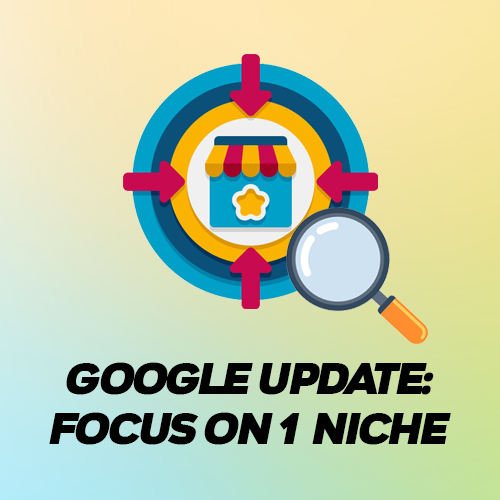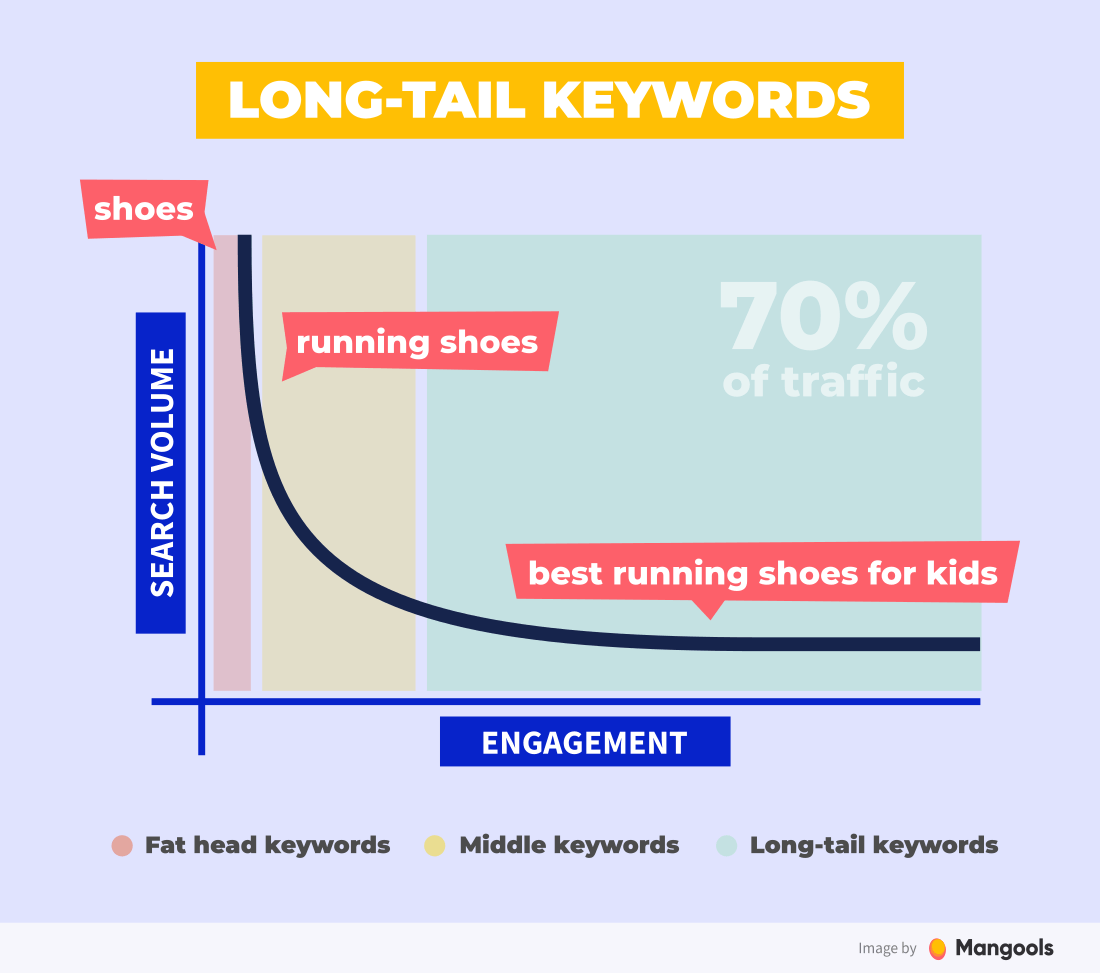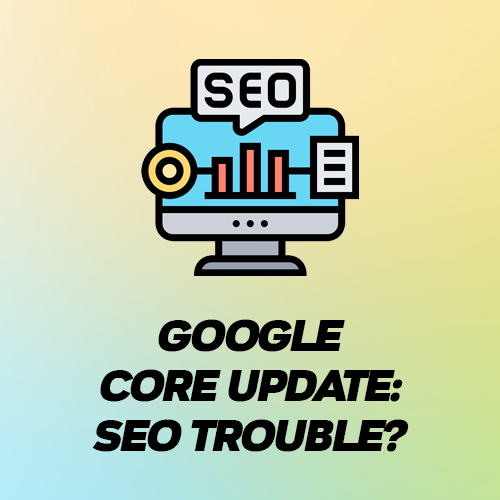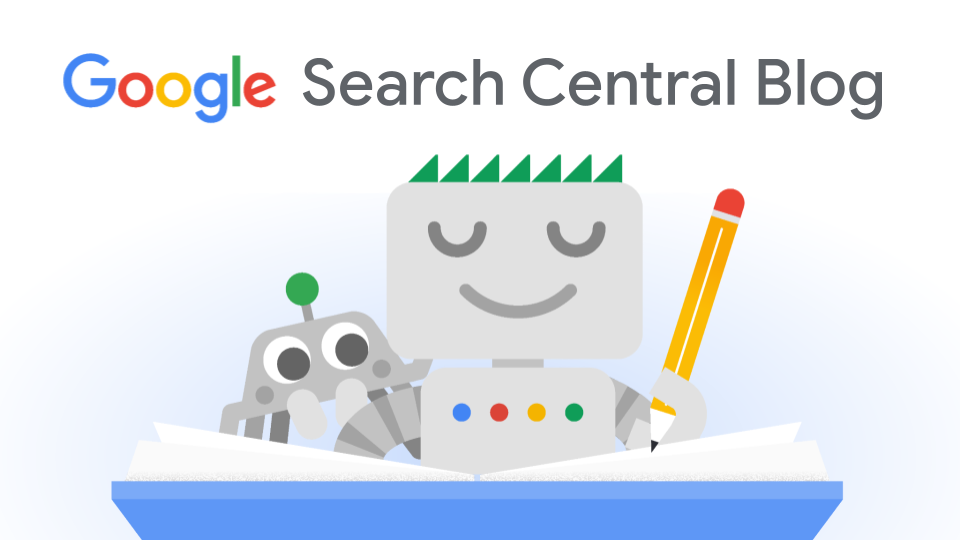Google Core Update: Focus Your Niche

Highlight your Niche, Don’t Overgeneralize
For many business owners, there is a general perception that their online content should be as broad as possible, drawing customers in from all corners of the web.
That line of reasoning has been stomped by the May 2022 Google Core Update! Google wants to prioritize content that highlights the E-A-T model:
- Expertise
- Authoritativeness
- Trustworthiness
How do you improve the E-A-T rating of your site? Get positive reviews on your products, ask for mentions from followers or fellow businesses, and ensure that users feel safe and secure when buying products from your site. Ask for customers to leave positive feedback on sites like Trust Pilot or Google reviews – that is a surefire way to improve your E-A-T!
Be a Specialist: Highlight your Niche
In doing so, it appears Google wants to boost e-commerce stores and content that demonstrate strong expertise in their niche, and do not try to blast out mundane, poor-quality content on everything from celebrity news to “The best couches of 2022.”
This is potentially a huge boon for niche e-commerce business owners. You no longer have to dilute your online content by broadening its scope! Rather, it’s best now to push the other direction, and make your posts specialized to your niche business. Google Search wants to reward e-commerce businesses who provide the highest-quality products in their field, and will no longer let retail giants outrank SME competitors based solely on their larger online domain.
Refine Your Search Results with Longtail Keywords
Picking the relevant keywords to buy Google ads has always been important, but the recent Google Core Update makes longtail keywords more important than ever before. What are longtail keywords? They are the manifestation of “niche” interests within search engines. Longtail keyword phrases are highly specialized and specific, meaning instead of a customer searching…
“Buy shampoo,”
They search:
“Shampoo with all-natural ingredients and anti-dandruff.”
Instead of searching,
“Buy new couch,”
They search
“New cherrywood handmade couch with futon and memory foam cushion.”
Notice the difference? Longtail keywords are generally longer (3+ words), describing very specific products. Review your current product line, and make sure you only buy Google AdWords that describe your product in precise detail! They usually have lower a lower cost-per-click (CPC) as well, so that’s an added bonus for your online marketing budget.

Amazon: The King of Longtail Keywords
While they are a retail giant now, Amazon is the classic example of longtail keyword success. When they were simply a humble bookstore, Amazon did not want to compete by selling 1,000,000 copies of the most recent bestseller. Bookstore giants like Barnes n’ Noble were dominant on these popular titles.
Instead, Amazon aimed to sell books with niche audiences, maybe only selling 10 copies of each title. However, if they were able to dig and find 100,000 books that each had a niche audience of 10, guess what… they still sold 1,000,000 books 😉 In essence, longtail keywords are a big reason why Amazon became the retail giant it is today.
Conclusion: Google Core Supports Longtail Keywords
If you want to benefit from the recent Google Core Update, find longtail keywords related to your product line, bid on low-CPC Google AdWords related to them, and watch your sales grow! If you are having trouble retargeting customers, or want an advertising option outside Google’s Display Network, contact Ad360 today! We have the niche expertise to power your digital marketing success 😊
Google Core Update: Trouble for SEO?

Some E-Commerce Owners are Frustrated by Google Core’s Update
It’s clear that Google’s Core Update has already affected a lot of businesses online. While the new Search Engine algorithm just began rolling out in May 2022, some e-commerce sites reported immediately falling out of the SERP rankings for important keywords, as well as seeing a drastic drop in clicks and impressions on the site. Take the following tips below as a starting point to improve your Google SERP ranking.
Click here for part I of our coverage on the Google Core Update

- Increase Posting Frequency
The most effective way to rebuild and grow your SEO, as well as your e-commerce sites online visibility, is to begin posting more frequently on your site.
Did you have a blog post rocket to the top of the Google charts two years ago? That’s great, but it won’t be enough to continue thriving following the May 2022 Google Core Update. If you are staying current and up-to-date on the major trends within your industry, Google is going to be rewarding you with a boost in page ranking!
2. Strive for Originality
On top of that, Google will now be rewarding sites that post original content. If you are reposting content from another site or using AI-generated content, Google is going to ding you. Also, if the quality of the content is basically a rambling word salad, and considered not useful for users, Google will rank that lower, as well.
Best Solution: Diversify your Traffic Generation Avenues
Aside from posting original quality content for frequently, it’s important that e-commerce business owners use the Google Core Update as a wakeup call to not rely solely on the search engine giant for their revenue!
You can begin ad campaigns with Ad360 in one click that bring visibility to the entire web, meaning you get impressions from outside Google’s display network and across all apps. On top of trying out various social media platforms, business owners can ensure that even if the Google Core Update affects their traffic from search engine’s other revenue streams and ad channels pick up the slack!
Google Search Vs. Display Ads

Navigating Google’s Ad Options
As a Certified Google Partner, we want to provide info that better frames all the digital marketing options available to business owners. While Meta, Instagram, Tik Tok, Reddit, and more are all viable options, this post will focus on the key differences and utility of two Google ad channels:
- Google Display Ads
- Google Search Ads
If you have ever wondered why exactly a Google Display campaign better fits your needs (or vice-versa) read below! Knowing how to leverage each Google ad channel can be a key factor to help increase sales on Shopify.
Google Search Ads: Pulling in the Local Crowd
Google Search ads only appear to online users who have searched your business’s keywords, or have executed a search looking for a local solution to their “need.” For businesses that run local services like food, home improvement, retail, auto, or more, Google search ads could be a key promotional tool.
For example, if I type in, “Auto repair near me,” and your auto body shop recently deployed a Google search ads campaign, guess who I’m going to when the results come up! 😊
If users already have a clear intent for their need, and already know they have an issue that needs a solution, Google search ads can boost your click-through-rate (CTR) and lead to increased sales on your Shopify store.
To maximize your conversions on Google search ads, do your research on the best keywords that match your business! Bidding higher on these keywords will automatically push you up the Google Search Engine Results Page (SERP).
Concluding, “pulling” in your local audience, or researching and bidding on the best keywords to match your customers’ desires, are the two best rationales for starting a Google Search Ads campaign.
Google Display Ads: Reach the Wider Web
If you aren’t sure about what keywords to bid on, and your business is not primarily driven by local traffic, Google Display Ads offer a strong alternative to Google Search ads.
Google display ads are those sidebar images and banners that pop up across the web when you are browsing, whether it be directly for a product or not! Google display ads gain access to more than 2 million websites, videos, and apps that over 90% of web users surf across every day.
For brand awareness and visibility, Google Display ads are far superior to Google Search ads. However, remember these folks are not expressing a direct intent to buy something! As such, the average conversion rates on Display ads are lower, even if the audience reached is wider. Still, leveraged properly, Google Display can be a key component to increasing sales on Shopify.
Display ads are best when you utilize an eye-catching image with bold headlines or text. Additionally, they help, in a sense, introduce the wider web to your products! Remember that the average customer needs between 3-7 “views” of your product because they begin feeling compelled to buy.
To optimize Google display ads, it’s best to focus on specific sites you know your niche audience frequently visits. Even better, you set them to appear only to your target demographic, so you don’t end up wasting money on an overly broad ad campaign. Imagine you sell men’s grooming products, and your Google Display ads are being shown to women in the 60s… no good. They’ll be weirded out, and your money will be wasted!
Conclusion: Ad360 Can Help You Reach Beyond Google’s Display Network!
As a certified Google partner Ad360 can help any business run either a Google Search or Display ad campaign – even both! Even better, we can layer in ad retargeting to every ad campaign you run, and our Menadex network gives you access to the entire worldwide web even beyond the Google Display Network. Leveraging ad retargeting on top of wider access are crucial advantages in the digital marketing landscape.
If you would like to receive a free consultation on how to optimize your e-commerce site or want advice on which Google ad channel to run, try out our free demo by Ad360 today! We’re proud to bring you our flagship feature: One Click ad campaign setup with Quick Ads. Advertising online has never been this simple. Sign up today to get help increasing your sales on Shopify!